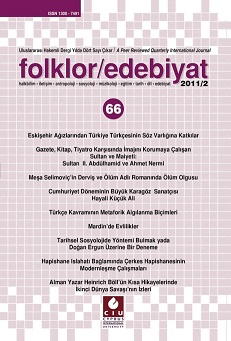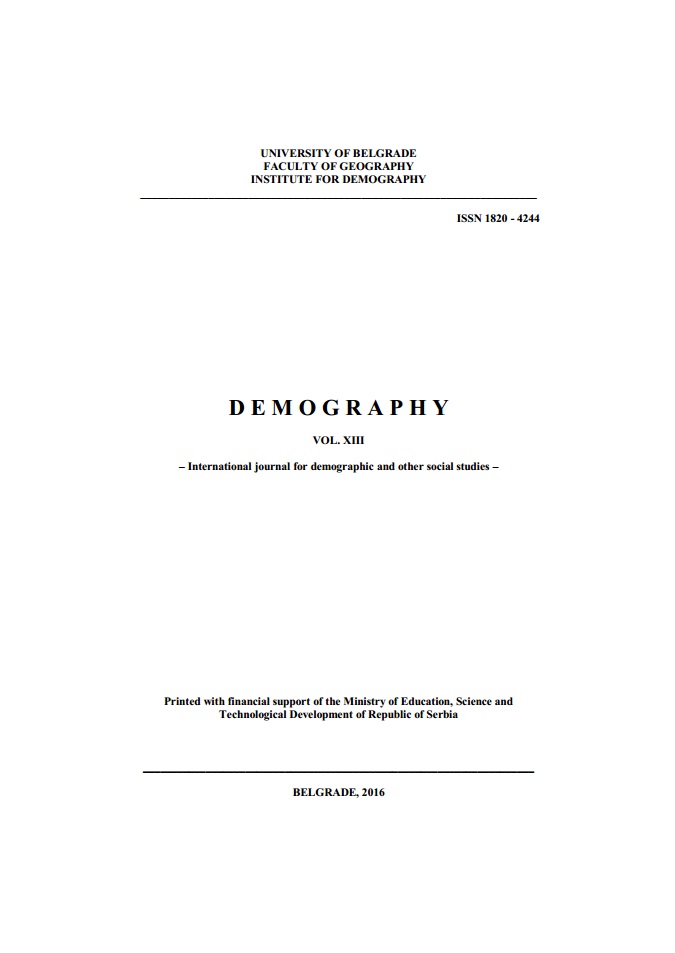Author(s): Jolita Vveinhardt / Language(s): Lithuanian
Issue: 1/2010
Discrimination is described as a psychological violence in the organization that is directed against a group or separate people that belong to this group, understanding them as hostile and intolerable. These are changed, unhealthy relations that damage the dignity of a personality. In the society discrimination is understood as negative, shameful phenomenon. That is why the identification of discrimination in employee relations can have a preventive meaning and the leader acquires the right to find the solution for the problem and take correct decisions. Analysing the bibliography it becomes clear that discrimination that is evaluated through the prism of work relations is gender, social group, national etc discrimination, that is why for pointing out the dysfunctional relations and the term discrimination in work relations is used. Discrimination in employee relation- is processes that take place inside the organization between the employees. The main features of discrimination in employee relations are: exclusion of group or people that belong to this group because of the difference they have, negative perception, social isolation, oppression. Employees are divided into groups according to physical, cultural; psychological features. Negatively viewed minority can become anyone who according to the ones in power or majority can be described negatively. Discrimination on a work place is understood as a complex of measures that are active for a long time and that evoke constant discomfort, stress, sufferings, and psychological pain. Discrimination as a dysfunction of employee relations is called violence that is used to frighten the victim, separate and throw out of the organization, because the ones who discriminate the victim think about it as dangerous to them and to the organization. The damage that is done to the victim, the psychological pain, and social separation is evaluated as aggression and violence. The analysis of the discrimination processes as dysfunctional, confusion evoking relations would not be profitable, if these processes would be evaluated separately from the factors that influence them. The battle against the discrimination in the relations of the employees begins from the mess in the relations of the employees, the understanding and naming the factors that cause it. Prejudices and stereotypes create the "boogie men" that are schematized reflection of the society values and fears. In the tension field called "acceptedhostile", where the instincts of self-defend increase the wish to decrease the real or suspected danger "pushing it out" of the organization borders. In this case dysfunctional and confusion arousing relations, that are influenced by discrimination factor together become a mean of fighting, that we call discriminationpsychological or physical. Prejudices and stereotypes humiliate the dignity and value of a person. They are influenced by latent society processes that have the shades of human values and psychological reasons. Prejudices and stereotypes are based on ideology and tradition, which in the conciseness of the individual create the image of stability and completeness, which cause evaluation problems. Prejudices and stereotypes as factors of discriminative factors of the relations between employees would be not enough to connect only with ethnic group, culture or gender. It is necessary to pay the attention to the fact that any prejudices and stereotypes that are connected to the individuality is a negative understanding of a person. That is why all this creates more flexible attitude towards discrimination in the relations of the employees. The main assumptions used to test the respondents’ stereotypical way of thinking were as follows: “Women are worse managers than men because their decisions are ruled by emotions”, “A gypsy would never make a good employee because work ethic is alien to his/her culture” and “We can often hear jokes made at the expense of blondes, the Jews and the Chukchi here”. The decision was made to analyze the respondents’ answers (approvals and/or disapprovals) by grouping the respondents according to their demographic characteristics: sex, age and education. The outcome was unexpected: firstly, women themselves admit that women managers are not as competent as men managers because women base their decisions on emotions; secondly, while assessing the integration of the Roma into organizations, women are much more critical than men in that respect; thirdly, women tell derogatory jokes about women, nationalities, etc a bit more often than men do.
More...












